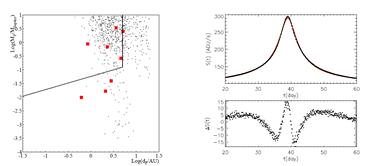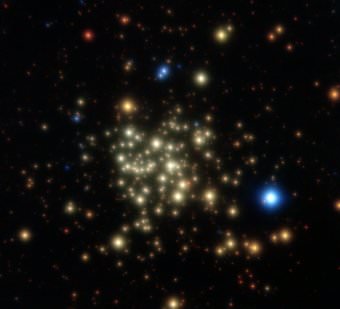First Extra-Galactic Planet May Have Been Detected
Using a technique called Pixel-lensing, a group of astronomers in Italy may have detected a planet orbiting another star. But this planet is unique among the 300-plus exoplanets discovered so far, as it and its parent star are in another galaxy. The Andromeda Galaxy, to be exact. Technically, the star in M31 was found to have a companion about 6 times the mass of Jupiter, so it could be either a brown dwarf or a planet. But either way, this is a remarkable feat, to find an object of that size in another galaxy.
(...)
Read the rest of First Extra-Galactic Planet May Have Been Detected (331 words)
Astronomers Announce First Newborn Stars at Milky Way’s Core

The Galactic Center. Credit: Suzan Stolovy (SSC/Caltech), JPL-Caltech, NASA
Astronomers have found the first evidence of newborn stars at the center of the Milky Way, a region once thought to be inhospitable to the formation of new stars.
Solange Ramirez, the principal investigator of the research program at NASA’s Exoplanet Science Institute at Caltech, announced three objects during a press conference today as part of the 214th meeting of the American Astronomical Society meeting in Pasadena.
“These baby stars … are stars that have just ignited their core, and are just starting to produce light,” she said. “It is a very early phase.”
(...)
Read the rest of Astronomers Announce First Newborn Stars at Milky Way’s Core (513 words)
Lunar, Solar Eclipses Hold Secrets to Other Worlds
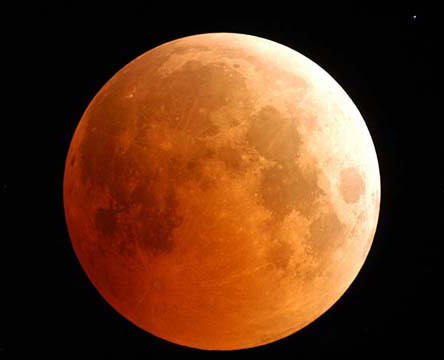
Total Lunar Eclipse, 2004. Credit: Fred Espenak
Want to know about the atmospheres of planets around other stars, and the stars themselves?
Start at home.
A pair of papers in this week’s issue of Nature is advocating continued studies of both lunar eclipses, when the Moon transits Earth’s shadow, and solar eclipses — when the Moon comes directly between Earth and the sun.
(...)
Read the rest of Lunar, Solar Eclipses Hold Secrets to Other Worlds (382 words)
Where In The Universe #57
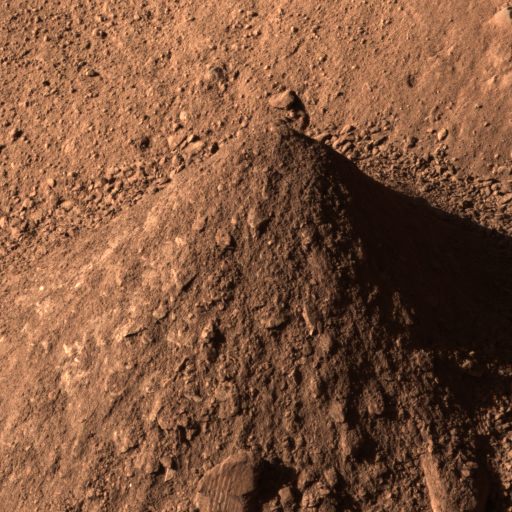
Are you ready for another Where In The Universe Challenge? Take a look and see if you can name where in the Universe this image is from. Give yourself extra points if you can name the spacecraft responsible for the image. As usual, we’ll provide the image today, but won’t reveal the answer until tomorrow. This gives you a chance to mull over the image and provide your answer/guess in the comment section. Please, no links or extensive explanations of what you think this is — give everyone the chance to guess.
(...)
Read the rest of Where In The Universe #57 (0 words)
New Technique Reveals Ages of Millisecond Pulsars

Astronomers have developed a new technique to accurately determine the ages of millisecond pulsars, the fastest-spinning stars in the universe. The standard method for estimating pulsar ages is known to yield unreliable results, especially for the fast-spinning millisecond pulsars, said Bülent Kiziltan, a graduate student in astronomy and astrophysics at University of California Sant a Cruz. “An accurate determination of pulsar ages is of fundamental importance, because it has ramifications for understanding the formation and evolution of pulsars, the physics of neutron stars, and other areas,” he said.
(...)
Read the rest of New Technique Reveals Ages of Millisecond Pulsars (400 words)
“Dark” Gamma-Ray Bursts Shed Light on Star Formation
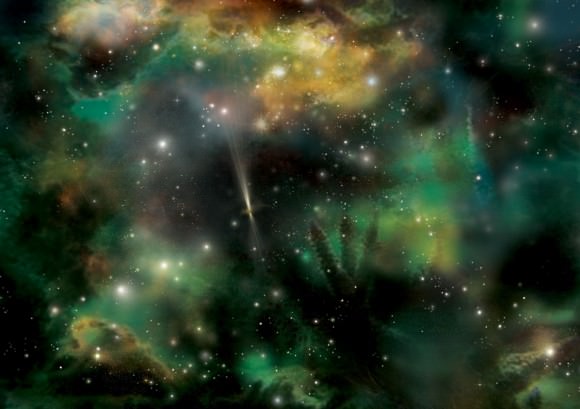
Thanks to the Swift satellite and several ground based optical telescopes, astronomers are learning more about so-called “dark” gamma-ray bursts, which are bright in gamma- and X-ray emissions but with little or no visible light. These dark bursts are also providing astronomers with insights on finding areas of star formation that are hidden by dust. “Our study provides compelling evidence that a large fraction of star formation in the universe is hidden by dust in galaxies that do not appear otherwise dusty,” said Joshua Bloom, associate professor of astronomy at UC Berkeley and senior author of the study, who presented his findings at the American Astronomical Society meeting in California.
(...)
Read the rest of “Dark” Gamma-Ray Bursts Shed Light on Star Formation (661 words)
Super-Size Me: Black Hole Bigger Than Previously Thought

Using a new computer model, astronomers have determined that the black hole in the center of the M87 galaxy is at least twice as big as previously thought. Weighing in at 6.4 billion times the Sun’s mass, it is the most massive black hole yet measured, and this new model suggest that the accepted black hole masses in other large nearby galaxies may be off by similar amounts. This has consequences for theories of how galaxies form and grow, and might even solve a long-standing astronomical paradox.
(...)
Read the rest of Super-Size Me: Black Hole Bigger Than Previously Thought (874 words)
Astronomers Find New Way to Measure Cosmic Distances
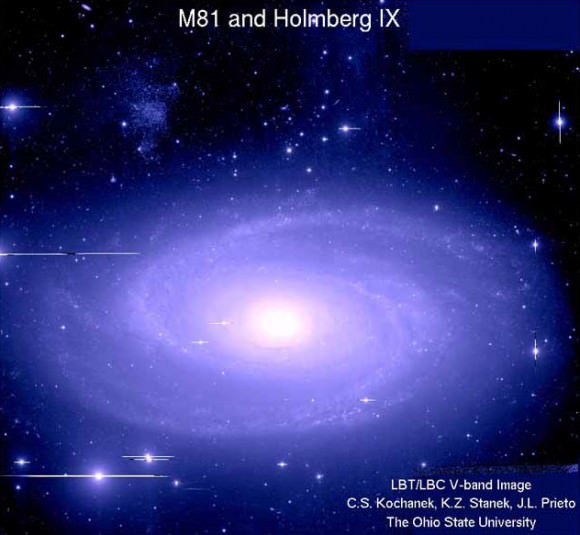
Using a rare type of giant Cepheid variable stars as cosmic milemarkers, astronomers have found a way to measure distances to objects three times farther away in space than previously possible. Classical Cepheids are stars that pulse in brightness and have long been used as reference points for measuring distances in the nearby Universe. But astronomers have found a way to use “ultra long period” (ULP) Cepheid variables as beacons to measure distances up to 300 million light years and beyond.
(...)
Read the rest of Astronomers Find New Way to Measure Cosmic Distances (862 words)
Podcast: Large Scale Structures in the Universe
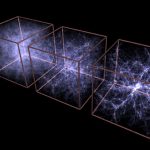
We’re thinking big. We’re going to consider the biggest things in the Universe. If you could pull way back, and examine regions of space billions of light-years across, what would you see? How is the Universe arranged at the largest scale? And more importantly… why?
Click here to download the episode.
Or subscribe to: astronomycast.com/podcast.xml with your podcatching software.
Large Scale Structures in the Universe- Transcript and show notes.
Podcast: Questions Show: Hidden Fusion, the Speed of Neutrinos a
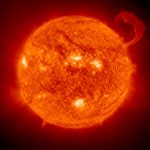
Are new stars dark until their photons reach the surface? How fast do neutrinos travel? And what’s the story with Hawking Radiation?
If you’ve got a question for the Astronomy Cast team, please email it in to info@astronomycast.com and we’ll try to tackle it for a future show. Please include your location and a way to pronounce your name.
Click here to download the episode.
Or subscribe to: astronomycast.com/podcast.xml with your podcatching software.
Questions show- Transcript and show notes.
Podcast: Questions Show: An Unlocked Moon, Energy into Black Hol
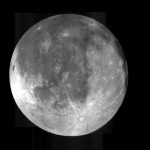
What would happen if the Moon wasn’t tidally locked to the Earth? What happens to all that mass and energy disappearing into a black hole? And how can we explain the space station’s crazy orbit?
If you’ve got a question for the Astronomy Cast team, please email it in to info@astronomycast.com and we’ll try to tackle it for a future show. Please include your location and a way to pronounce your name.
Click here to download the episode.
Or subscribe to: astronomycast.com/podcast.xml with your podcatching software.
Questions show- Transcript and show notes.
No Nature VS. Nurture for Stars
Stars don’t seem to mind where they grow up. Either in a nice quiet neighborhood or in the hellish environment near a supermassive black hole, astronomers were surprised to find the same proportions of low- and high-mass young stars in different types of star forming regions. Using the Very Large Telescope, astronomers snapped one of the sharpest views ever of the Arches Cluster — an extraordinary dense cluster of young stars near the supermassive black hole at the center of the Milky Way. “With the extreme conditions in the Arches Cluster, one might indeed imagine that stars won’t form in the same way as in our quiet solar neighbourhood,” says Pablo Espinoza, the lead author of the paper reporting the new results. “However, our new observations showed that the masses of stars in this cluster actually do follow the same universal law”.
(...)
Read the rest of No Nature VS. Nurture for Stars (402 words)
What If There Is Only One Universe?

When it comes to universes, perhaps one is enough after all.
Many theories in physics and cosmology require the existence of alternate, or parallel, universes. But Dr. Lee Smolin of the Perimeter Institute for Theoretical Physics in Waterloo, Canada, explains the flaws of theories that suggest our universe is just one of many, and which also perpetuate the notion that time does not exist. Smolin, author of the bestselling science book ‘The Trouble with Physics’ and a founding member of the Perimeter Institute, explains his views in the June issue of Physics World.
(...)
Read the rest of What If There Is Only One Universe? (304 words)
NASA Science News for June 9, 2009
There's an email going around claiming that Mars will look as big as a full Moon on August 27th. Could this possibly be true? Find out in today's story from Science@NASA:
http://science.nasa.gov/headlines/y2009/09jun_marshoax.htm?list1035898
NASA Science News for June 3, 2009
Researchers are about to subject a fake astronaut complete with blood cells and simulated human tissue to an artificial solar flare. How the unlucky volunteer emerges from the radiation storm will reveal for the first time how much of a threat severe solar flares pose to astronauts en route to the Moon and Mars.
FULL STORY at
http://science.nasa.gov/headlines/y2009/03jun_fakeastronaut.htm?list1035898
